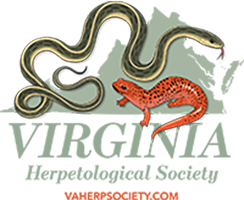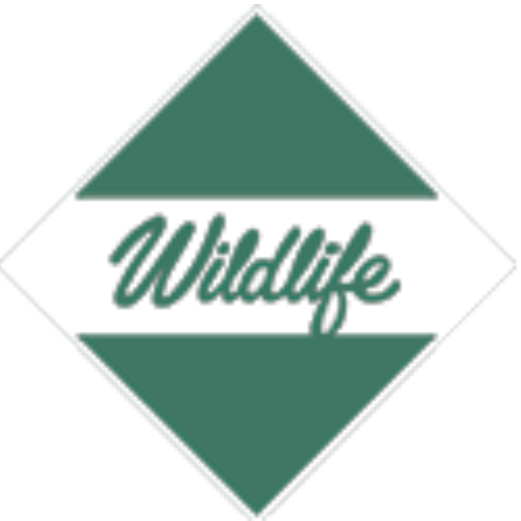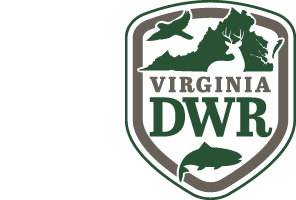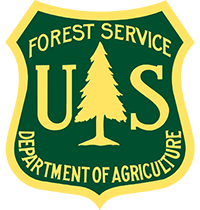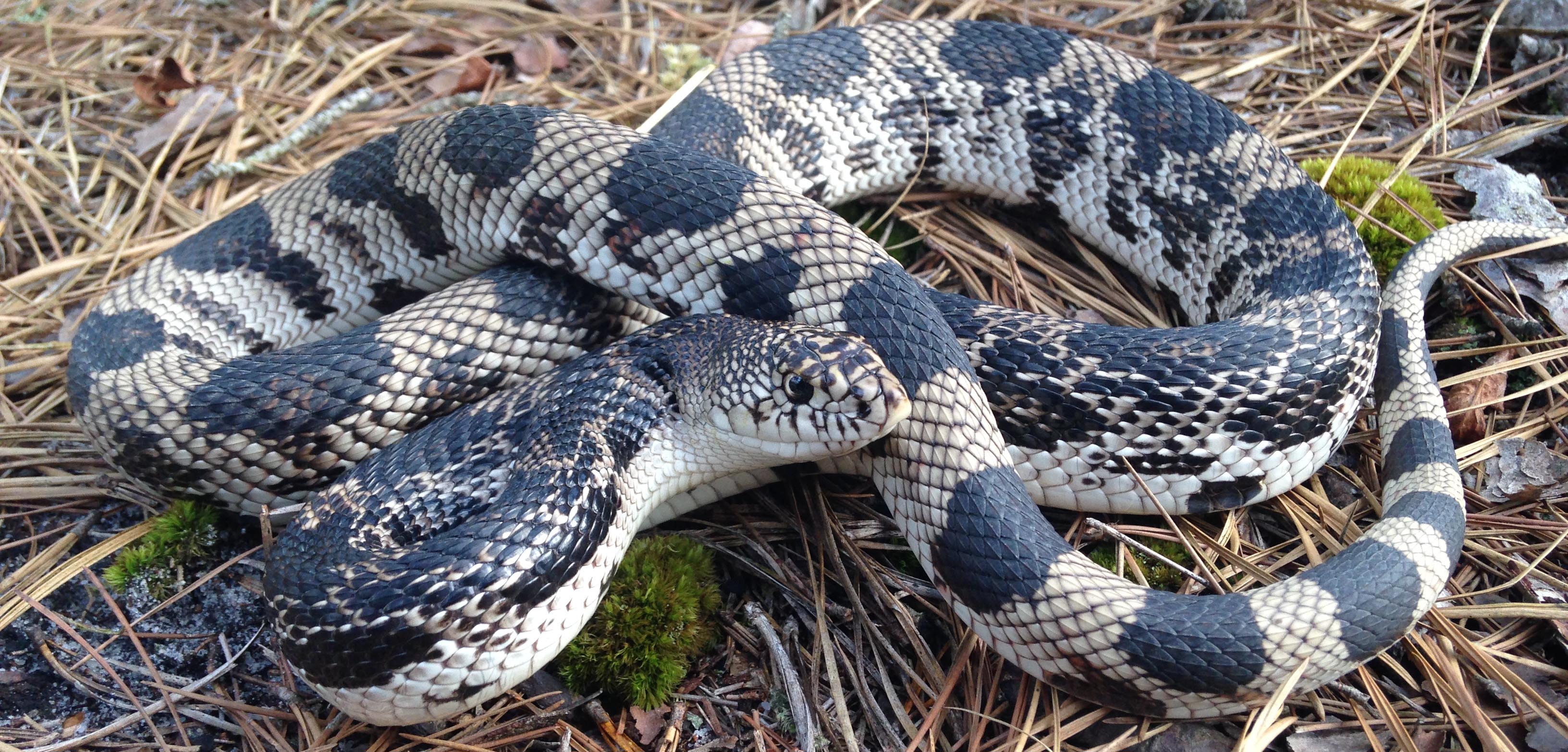
How to Recognize a
Pinesnake
Photo by: Jeff Dragon
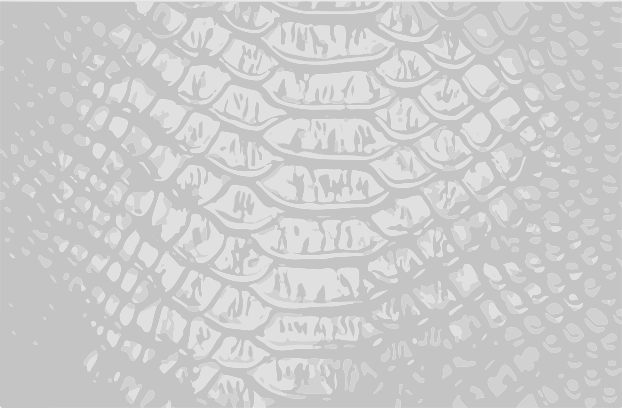
Characteristics:
Average Length: 51 in (129.5 cm)
Maximum Length: 91 in (228.6 cm)
Coloration: Black blotches on a white background or brown blotches on a tan or yellowish background
Head Shape: Pointed snout with an enlarged rostral scale (scale on the tip of the snout)
Scales: Weekly keeled (small ridge on the scale)
Young: Resemble adults but are lighter in color
Behaviors:
When threatened, Pinesnake will expel air quickly, producing a loud hiss. These snakes are nonvenomous and harmless. However, the sound can be intimidating. Pinesnakes can cover large amounts of land, and home ranges can be up to several hundred acres.

Typical
Habitat:
Pinesnakes are burrowing snakes and prefer areas with sandy and loose soils. Previous observations in Virginia have been in areas with sandy or rocky slopes. These snakes have been observed on open, steep, rocky slopes in areas with abundant mountain laurel and pines.
Female Pinesnakes often lay eggs in underground burrows and under stumps. These snakes have been known to nest communally.
Look a like
snakes:
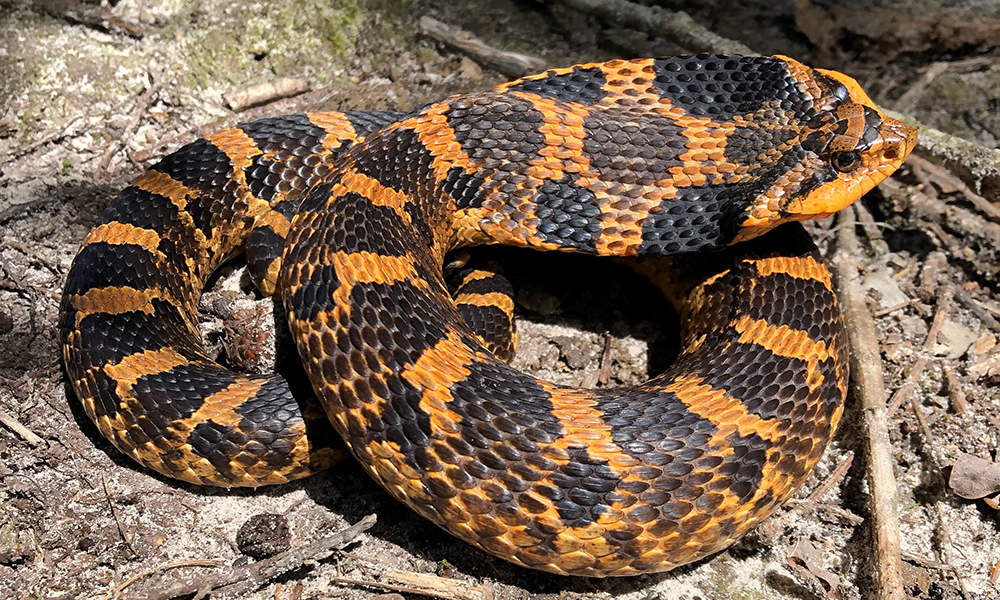
Eastern Hog-nosed Snake
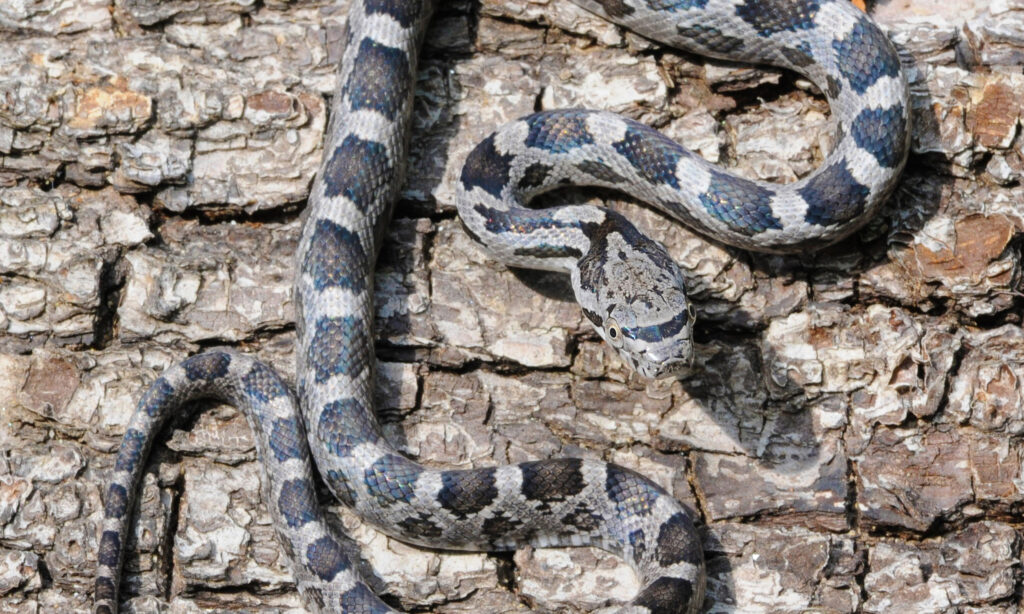
Eastern Ratsnake (juvenile)
The following organizations are great sources for additional Pinesnake Information
Learn more about Snakes of Virginia:
>Snakes and Lizards of Virginia
New 2nd Edition! This 72-page field guide includes more than 170 photos covering the ecology, distribution and conservation of Virginia’s 32 species of snake and 9 species of lizard. It is an expanded version of our current snake guide with more technical information and new photos!

